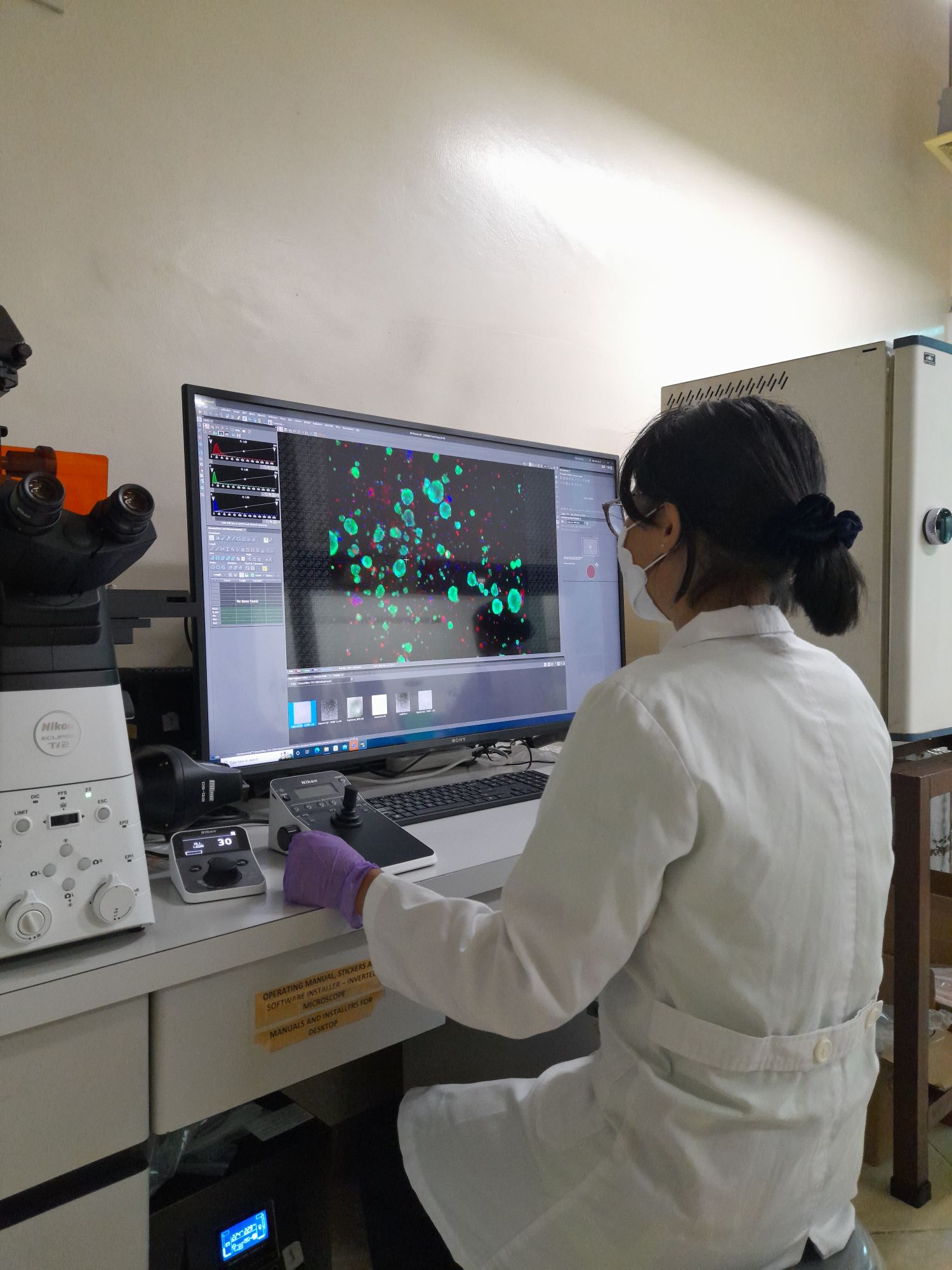
Breast cancer is a major health concern in the Philippines. Over 33,000 new cases were reported in 2022, claiming over 11,000 lives. Lymphovascular invasion (LVI) is an early sign of metastasis. Currently, LVI detection requires surgical removal of tissue.
University of the Philippines (UP) biologists have developed a new mathematical model. This model can detect LVI before surgery. The team included Dr. Michael Velarde, Allen Joy Corachea, Regina Joyce Ferrer, Lance Patrick Ty, and Madeleine Morta from UP Diliman’s Institute of Biology. Researchers from the Philippine Genome Center and UP Manila also contributed.
The model analyzes gene expression patterns. Specifically, it focuses on UGT1 and CYP genes. These genes break down anticancer drugs. The high activity of these genes reduces drug effectiveness.
Dr. Velarde stated, “If we can detect LVI earlier, doctors could personalize patient treatment and improve their outcomes. This could help avoid ineffective treatments and focus on strategies that work better for aggressive breast cancer.”
The researchers used data from 625 breast cancer patients at the Philippine General Hospital. They also used publicly available data. They found a link between LVI and drug resistance. LVI-positive organoids showed less receptiveness to anticancer drugs.
Their model accurately predicted LVI 92% of the time. It uses locally available genomic technologies. This makes early detection more accessible to Filipinos.
Dr. Velarde emphasized that the model requires further validation. More studies are needed before clinical use. The team plans to test the model on larger patient groups. They will also investigate the relationship between UGT1, CYP genes, and LVI. Their goal is a practical test for Philippine hospitals. This test will help doctors choose the best treatment for each patient.




